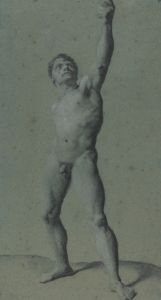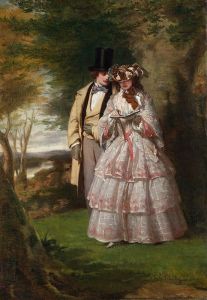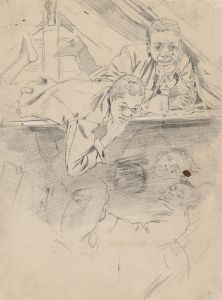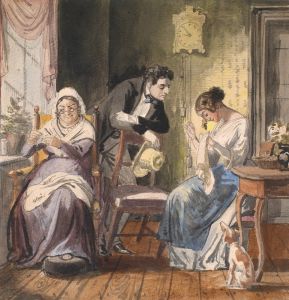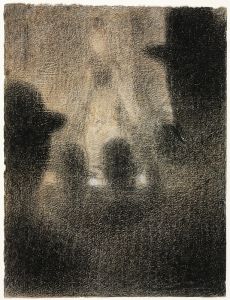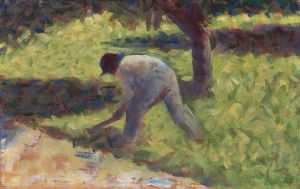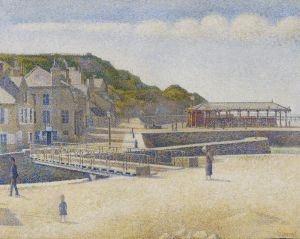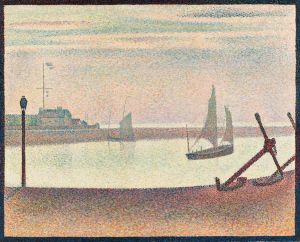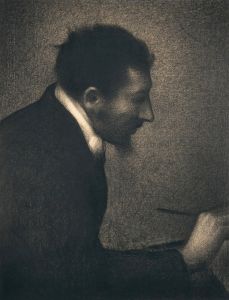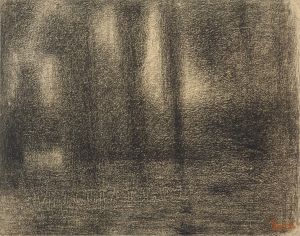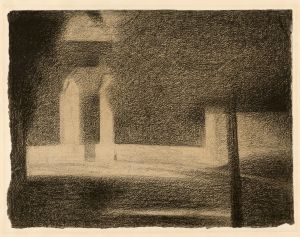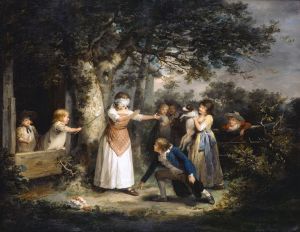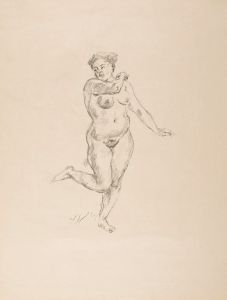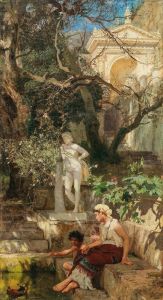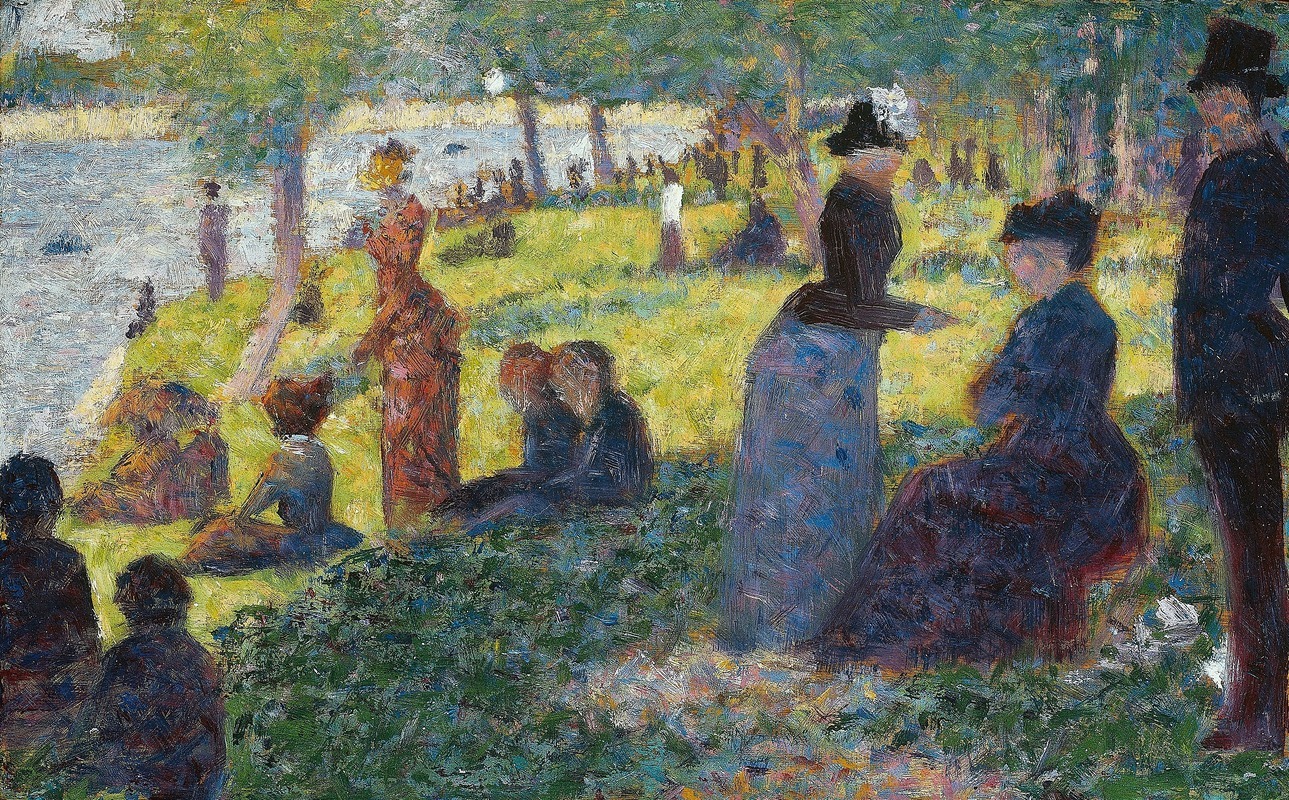
Oil Sketch for “La Grande Jatte”
A hand-painted replica of Georges Seurat’s masterpiece Oil Sketch for “La Grande Jatte”, meticulously crafted by professional artists to capture the true essence of the original. Each piece is created with museum-quality canvas and rare mineral pigments, carefully painted by experienced artists with delicate brushstrokes and rich, layered colors to perfectly recreate the texture of the original artwork. Unlike machine-printed reproductions, this hand-painted version brings the painting to life, infused with the artist’s emotions and skill in every stroke. Whether for personal collection or home decoration, it instantly elevates the artistic atmosphere of any space.
Georges Seurat, a pioneering French post-impressionist artist, is renowned for his innovative use of pointillism, a technique characterized by the application of small, distinct dots of color to form an image. One of his most famous works is "A Sunday Afternoon on the Island of La Grande Jatte," a large-scale painting that epitomizes his unique style and meticulous approach to color and composition. Before completing this monumental piece, Seurat created several preparatory studies and sketches, one of which is the "Oil Sketch for 'La Grande Jatte.'"
The "Oil Sketch for 'La Grande Jatte'" serves as a crucial step in Seurat's artistic process, allowing him to experiment with composition, color relationships, and the overall atmosphere of the final painting. This sketch, like many of Seurat's preparatory works, was executed on a smaller scale and provided a framework for the larger, more detailed final version. Through these studies, Seurat was able to refine his technique and explore the interplay of light and shadow, which are central to the pointillist style.
In the "Oil Sketch for 'La Grande Jatte,'" Seurat begins to lay out the basic composition of the scene, which depicts a leisurely afternoon on the banks of the Seine River in Paris. The sketch captures the essence of the final work, featuring figures engaged in various activities, such as strolling, sitting, and boating, all set against the backdrop of the lush greenery of the island. This preparatory piece highlights Seurat's interest in capturing modern life and the leisurely pursuits of Parisians during the late 19th century.
Seurat's use of color in the oil sketch is particularly noteworthy. He employs a limited palette, focusing on the harmonious blending of colors to create a sense of depth and vibrancy. This approach is indicative of his scientific interest in color theory, which was influenced by contemporary studies on optics and the perception of color. By juxtaposing complementary colors, Seurat was able to achieve a luminous effect, which would become a hallmark of his mature style.
The "Oil Sketch for 'La Grande Jatte'" also reveals Seurat's meticulous attention to detail and his commitment to achieving a balanced composition. Each figure and element within the scene is carefully placed to create a sense of harmony and rhythm. This attention to detail is evident in the way Seurat captures the nuances of light and shadow, as well as the subtle variations in color and form.
While the oil sketch is a preparatory work, it stands on its own as a testament to Seurat's artistic vision and technical prowess. It offers valuable insight into his creative process and the development of one of his most celebrated masterpieces. The sketch not only serves as a precursor to "A Sunday Afternoon on the Island of La Grande Jatte" but also exemplifies Seurat's dedication to exploring the possibilities of color and form.
In summary, the "Oil Sketch for 'La Grande Jatte'" is an essential component of Georges Seurat's oeuvre, providing a glimpse into the artist's innovative approach to painting and his exploration of modern life through the lens of pointillism. This preparatory work underscores Seurat's commitment to his craft and his enduring influence on the art world.





